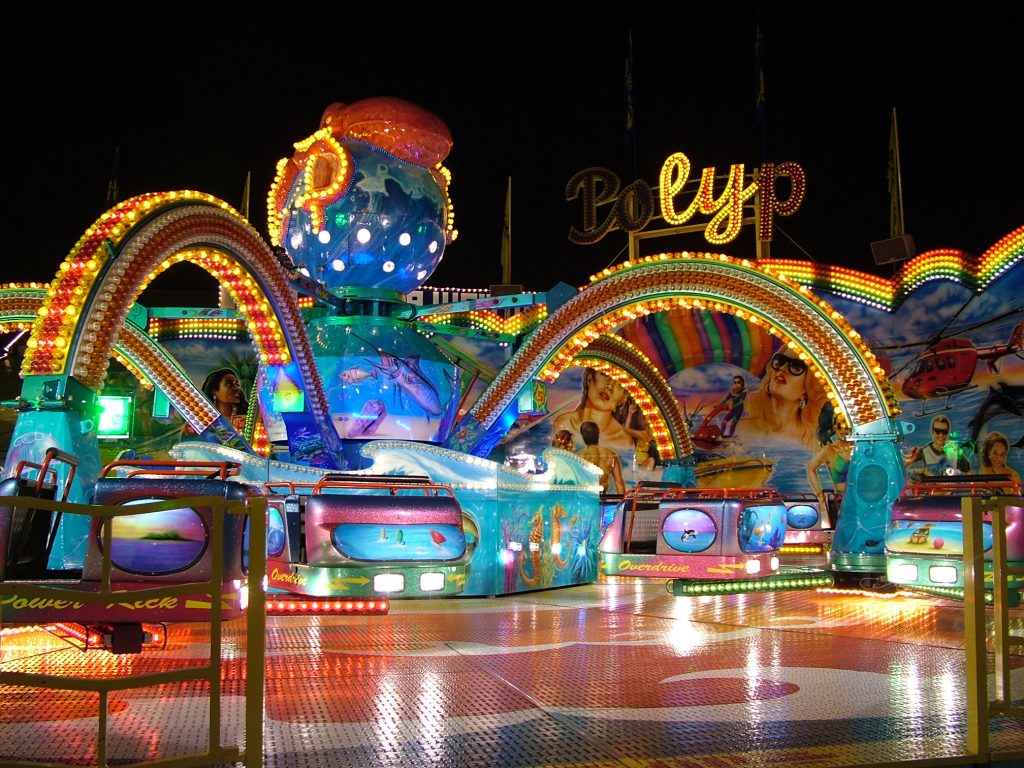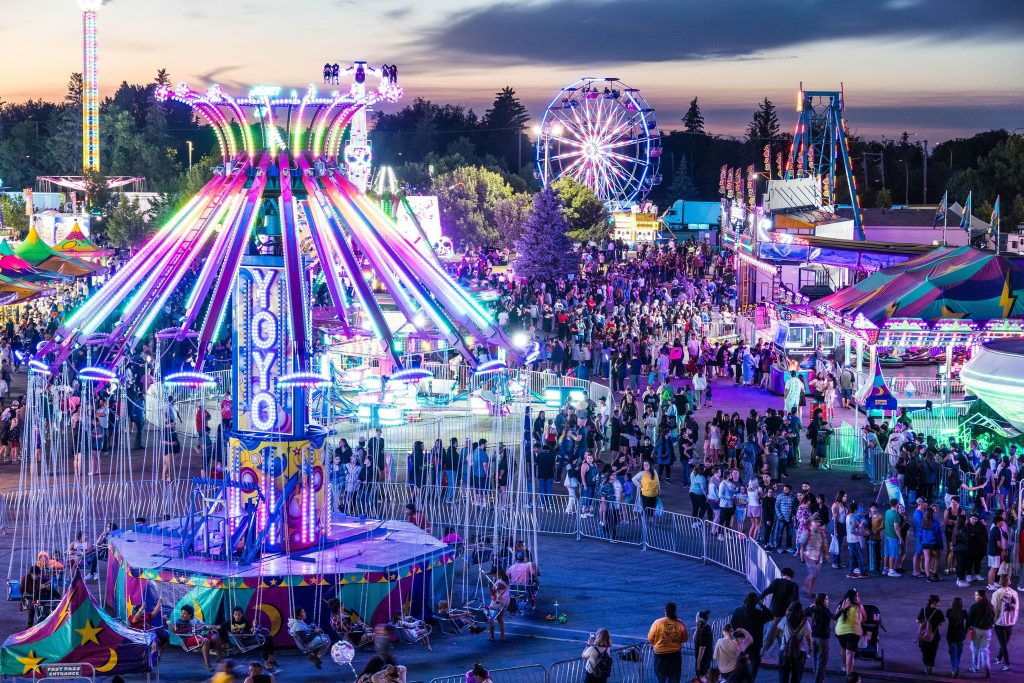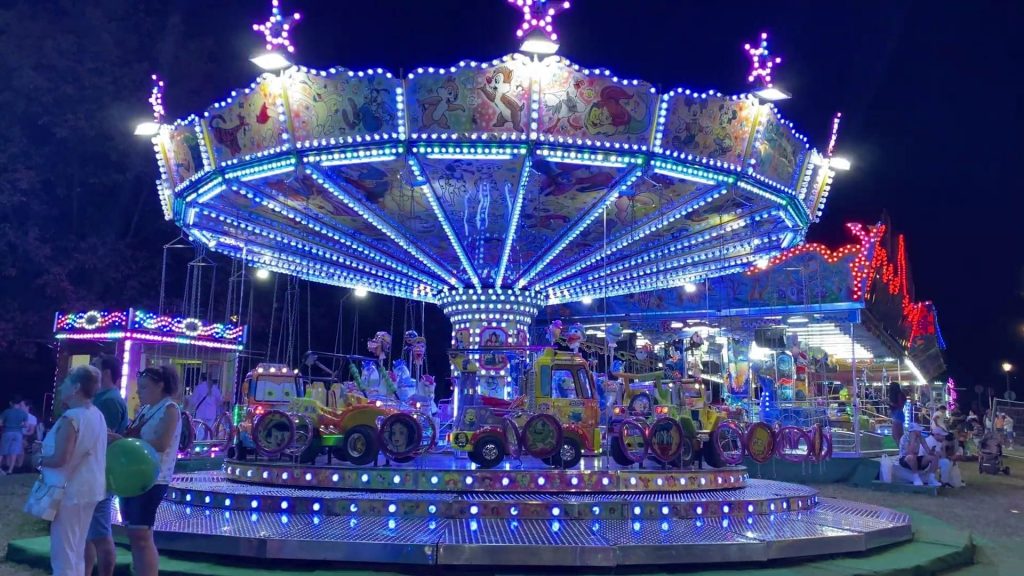The History of Carnival Lighting
As for the specific history of Carnival Lighting, it is difficult to give a unified and detailed historical overview because it may be a relatively broad concept covering a variety of festivals and activities with lights as the theme. However, we can explore its possible historical background and development from the following aspects:
1.Origin and early development
Application of lights in celebrations:
Lights have been an important element in human celebrations and rituals since ancient times. In ancient times, people may use simple lighting tools such as torches and lanterns to create a festive atmosphere.
With the development of science and technology, the forms and effects of lights have gradually become richer and more diverse, adding more visual beauty to celebrations.
The rise of carnival activities:
The word Carnival comes from the Latin “carnem vale”, which means “farewell to meat”, and was originally related to the carnival before the Christian Lent period.
Over time, Carnival has gradually evolved into a grand celebration that integrates multiple elements such as entertainment, performances, and parades.
In carnival activities, lights, as one of the important decorative elements, have gradually formed a unique style and form.
2. The development of modern carnival lighting
Technological progress:
Since the 20th century, with the invention and popularization of lighting technologies such as electric lights and LEDs, the effect and expressiveness of carnival lighting have been greatly improved.
Modern lighting technology can not only achieve a variety of colors and flashing modes, but also achieve complex dynamic effects through programming control.
Globalization and cultural communication:
With the acceleration of globalization and the increase in cultural exchanges, carnival lighting activities have gradually crossed national borders and become a form of celebration that people all over the world love.
When holding carnival lighting activities, countries usually incorporate local cultural elements and characteristics to form a unique style and theme.
Commercialization and tourism development:
Carnival lighting activities have gradually become an important tourist resource, attracting a large number of tourists to watch and participate.
In order to attract more tourists and enhance the tourism experience, many countries and regions will invest a lot of money and resources in planning and implementation when holding carnival lighting activities.
3.Diversity of carnival lighting activities
Theme diversity:
The themes of carnival lighting activities are usually closely related to local culture, history, natural landscape, etc. For example, in the light festivals or light shows held in some cities in China, innovative designs that combine traditional Chinese cultural elements with modern scientific and technological means are often incorporated.
Diversity of forms:
There are also various forms of carnival light activities, including light shows, light installation art, light parades, etc. These activities not only provide tourists with visual enjoyment, but also enhance tourists’ sense of participation and experience through interaction and participation.
In summary, Carnival Lighting, as a grand festival or event decoration with light as the theme, can be traced back to the application of light in ancient human celebrations. With the development of science and technology and the increase in cultural exchanges, carnival light activities have gradually formed a unique style and form, and have become one of the most popular celebration forms among people around the world. In modern society, carnival light activities not only have entertainment and viewing value, but also have become an important tourism resource and cultural communication method.
















